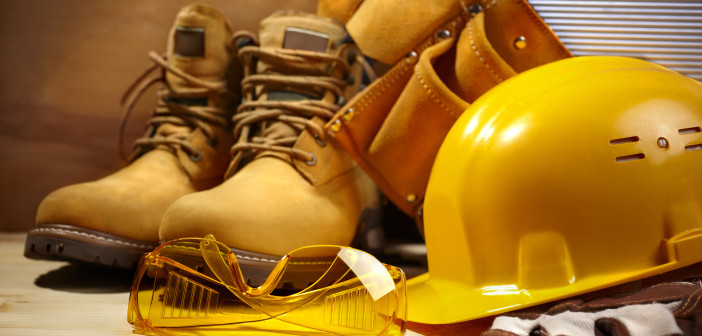The right pair of work boots can protect your feet from injury and provide ample support when standing or walking for long periods of time. With a variety of styles and materials to choose from, the type of job you have often dictates which type of boots to purchase.
Types of Work Boots
Before buying a pair of work boots, consider what your employer requires you to wear and also the nature of your work. Here are types of boots available:
Reinforced or Steel Toe boots – protect feet from the crushing pain of heavy objects when working on a construction site or in a warehouse environment where heavy equipment and materials are commonly used. A broken toe, torn ligament, or even a painful bruise can lead to loss of work for a few days to weeks. Some job sites require these types boots before you start work, while others suggest you wear them to protect your feet during work hours.
Electrical Insulated boots – protect your body from electrical hazards. Insulated to absorb up to 600 volts depending on the brand, these boots are perfect for those who work around electrical equipment and those out in the field working with or repairing electrical cable. Contractors, electricians, maintenance workers, building inspectors, and others will benefit from the added protection these boots provide.
Slip Resistant/ Water Resistant boots – characterized by deep tread or soles made from special plastics or rubber to reduce slipping on very slick surfaces, these boots help you stay on your feet when working. If you work around water, oil, sticky substances, or sand and gravel, these boots help prevent slips and falls which could result in leg, back, foot, neck, or head injury.
Water resistant boots keep water from getting inside. Water exposure for long periods of time can cause a variety of skin issues including athlete’s foot, swamp foot, discomfort, excessive itching, and soreness.
Padded Work boots – perfect for those who walk or stand for long periods of time. For those who work in the medical field, hospitality, tour guides, or retail standing for long periods can cause back and neck pain. Extra padding helps absorb ground shock (which prevents shooting pain up your back) and helps you maintain proper posture throughout the day.
Work Boot Materials and Fit
In addition to the type of boots to purchase, you should also consider the materials and fit. Leather work boots, for example, provide dense coverage that, like your favorite pair of jeans, will take longer to break in. According to Muck Boots Outlet, man-made materials or boots made from both natural and man-made materials may not take as long to break in, but may not provide all the protection you need. Again, the type of materials you choose largely depends on your job needs.
Choose a boot that fits correctly. Boots that are too small or too large may be uncomfortable or result in injury if you trip. If wearing thicker socks, you should purchase boots that are half a size larger than your foot size to compensate for the socks.
Cleaning and Maintaining Work Boots
Regular cleanings help remove dirt that could erode boot materials over time. You should use a water-based cleaner to remove dirt and debris. Use a soft cloth or brush and pay attention to the stitching, eye holes, and tread. Leather boots require extra care as natural materials dry out faster over time. Use a leather conditioner to keep the leather from cracking.
If there’s an odor coming from your boots, clean the inside with a low pH factor shampoo. This will neutralize any odor and prevent it from returning for a while. Inspect your boots periodically for tearing, holes, or worn out tread. Replace boots as necessary to make sure your feet are completely protected when you’re at work.
Resources
http://shoes.about.com/od/boots/a/work_boots.htm
http://www.constructiongear.com/caring-for-your-work-boots.html




